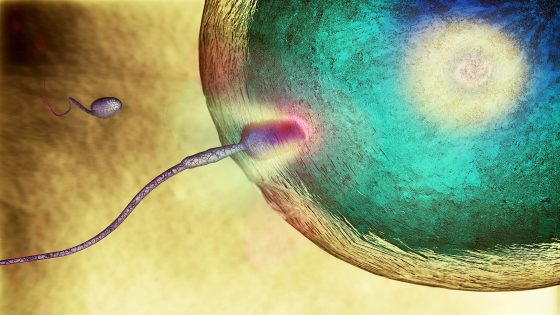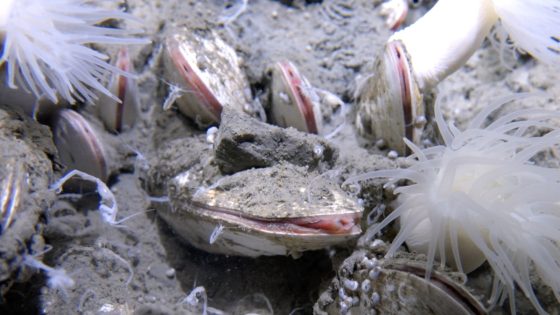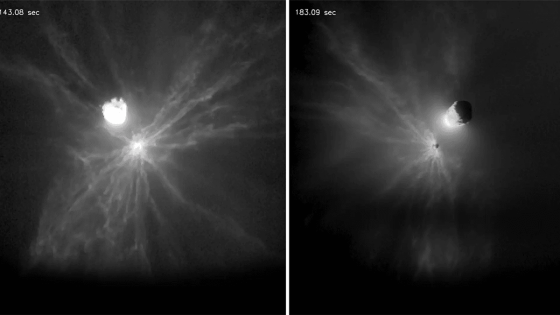Tiny organisms like sperm cells and green algae navigate a world where the usual rules of motion seem turned upside-down. In this microscopic realm, water behaves more like syrup, creating unique challenges for movement. On July 23, 2025, researchers revealed how these tiny swimmers excel in thick fluids, defying conventional physics.
- Tiny organisms experience altered fluid dynamics.
- Sperm cells utilize flagella for efficient swimming.
- Odd elasticity enhances thrust while conserving energy.
- New model links fluid dynamics and elasticity.
- Applications include drug delivery and respiratory medicine.
- Research reveals insights into biological movement patterns.
Sperm cells, equipped with slender flagella, propel themselves with rhythmic finesse rather than brute force. Their ability to swim efficiently in viscous environments raises intriguing questions about fluid dynamics and energy use in biological systems.
This discovery prompts US to consider how these microscopic mechanisms can influence broader scientific understanding. Why do flagella bend in unexpected ways? How can this knowledge inform future technologies? Key insights include:
- Flagella exhibit “odd elasticity,” allowing for efficient movement with less energy.
- Internal motors drive motion, challenging Newton’s third law.
- Understanding these principles could lead to advancements in drug delivery and respiratory medicine.
As we delve deeper into the mechanics of tiny swimmers, the potential for innovative applications grows. Researchers are paving the way for technologies that mimic nature’s solutions, promising exciting advancements in multiple scientific domains.

































